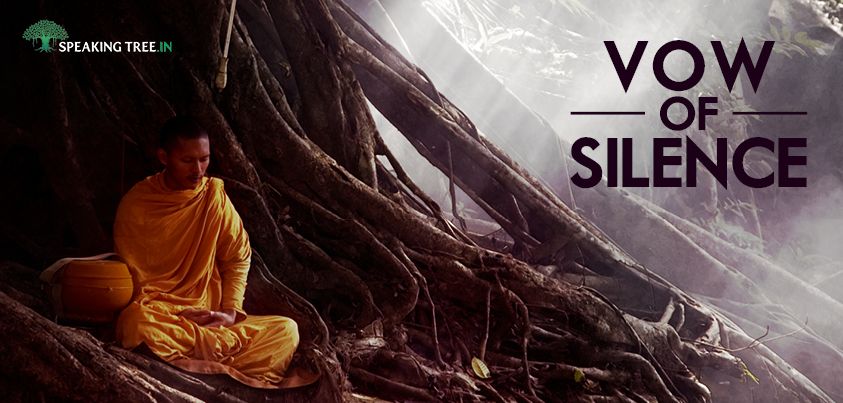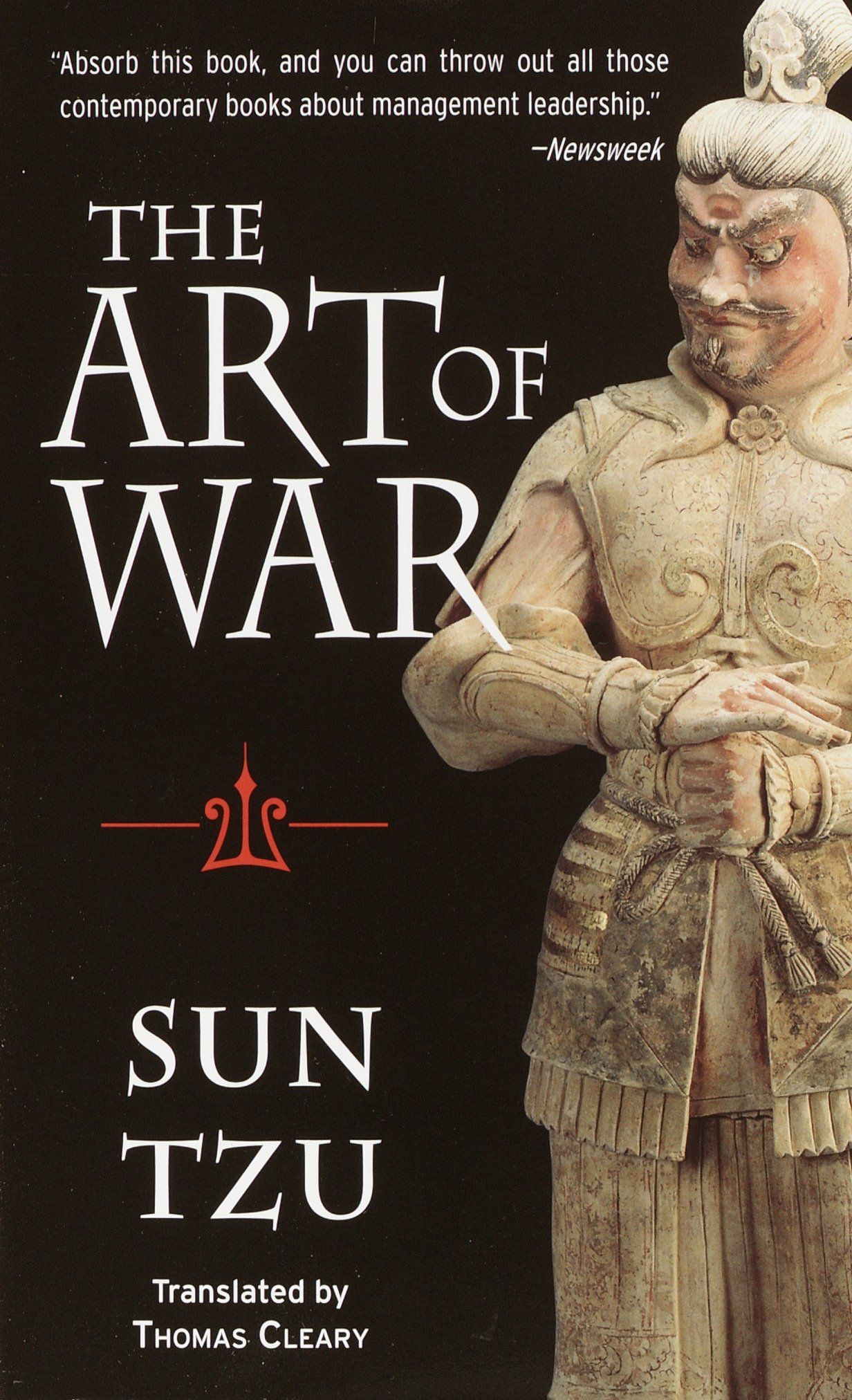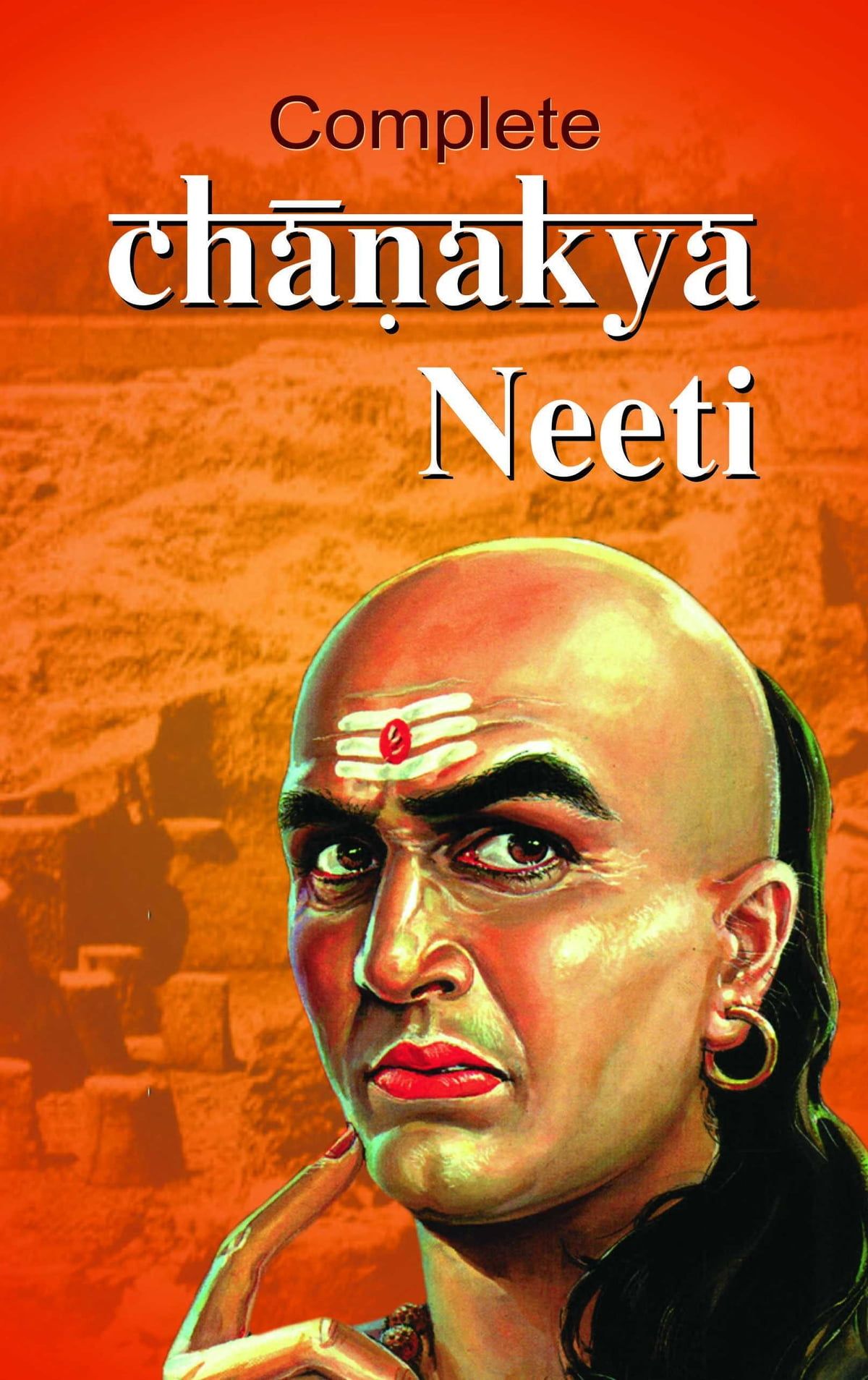1st Pauree: Sochai, Soch...

For previous sections, please see here
...
TN = Translator's Note
-
Now the Sikh asks a question about realizing the True form and then Guru Sahib provides an answer in order to help the Sikh realize ParamAatmaa-Vaheguru. This is the response:
ਸੋਚੈ ਸੋਚਿ ਨ ਹੋਵਈ ਜੇ ਸੋਚੀ ਲਖ ਵਾਰ ॥
Sochai Soch[i] na Hova-ee Jae Sochee Lakh Vaar
-
Padh Arth (word-by-word):
ਸੋਚੈ (Sochai): physical cleanliness through bathing
ਸੋਚ (Soch[i]) = Pavithar = Shudh = Such = Pure, Clean
ਨ ਹੋਵਈ (na Hova-ee) = does not happen
ਸੋਚੀ (Sochee) = Such = Rakhee = Hygiene
ਲਖ ਵਾਰ (Lakh Vaar) = 100,000s, hundreds of thousands, countless times
-
If you bathe dirt multiple times, it does not become pure or clean. How can one purify the body? It naturally smells like filth and urine, the rest of the body is in the form of fluids, bones, blood, and skin. How can someone even attempt to make it pure? If someone washes a mud figure, it cannot become clean no matter how much they try:
ਜਲਿ ਧੋਵੈ ਬਹੁ ਦੇਹ ਅਨੀਤਿ ॥ ਸੁਧ ਕਹਾ ਹੋਇ ਕਾਚੀ ਭੀਤਿ ॥
Jal Dhhovai Bah[u] Dhae Aneeth[i]; Sudhh Kahaa Hoe[i] Kaachee Bheeth[i]
Washing the body with water but the body does not stay clean,
How can the wall of just dirt become pure?
(Sri Sukhmani Sahib, Ashtapadhee 3, Pauree 3)
-
What can we learn from this? That the body cannot be purified and purifying the body does not help one attain Parameshwar-Vaheguru.
-

ਚੁਪੈ ਚੁਪਿ ਨ ਹੋਵਈ ਜੇ ਲਾਇ ਰਹਾ ਲਿਵ ਤਾਰ ॥
Chupai Chup na Hova-ee Jae Laae[i] Rahaa Liv Thaar
-
Padh Arth (word-by-word):
ਚੁਪੈ (Chupai) = by being quiet/mute
ਚੁਪਿ (Chup) = Silence, peace, stability of the mind
ਨ ਹੋਵਈ (n Hovaee) = does not happen
ਲਾਇ ਰਹਾ (Laae[i] Rahaa) = continuously
ਲਿਵ ਤਾਰ (Liv Thaar) = gathered thought, stable concentration, just like an unbroken wire
-

Staying physically quiet does not make the mind at peace even if the stream of concentration is connected. It is just like oil is kept together in a stream when poured, there is no separation in the oil. The stream of oil is straight and unbroken. The internal concentration is the same way.
Question: By connecting the Liv (gathered concentration), can one attain Parameshar-Vaheguru?
(TN: The commentary done here may sound confusing but the context is that we may take time to sit and concentrate our mind but then this is a temporary experience. Vaheguru is realized through a complete rework of our perception of the world. Oil is still viscous and hard to deal with even if it is poured and looks smooth. The mind is the same way. This is a reference to the ways of the Sidhha's who go into deep concentration from breathing techniques. The mind's desires do not stop through this process, a temporary halt may occur but nothing eternal)
-
ਕਹੈ ਨਾਨਕੁ ਲਿਵੈ ਬਾਝਹੁ ਕਿਆ ਕਰੇ ਵੇਚਾਰੀਆ ॥੬॥
Kahai Nanak Livai Baajhah[u] Kiaa Karae Vaechaareeaa
Guru Sahib: Without concentration, what can the poor being do?
[TN: What can the individual do when the mind is not concentrated?]
(Anand Sahib, 6th Pauree)
-
Is this found written multiple times in Sri Guru Granth Sahib Ji?
Answer: What is the meaning of ਲਿਵ (Liv) here? To stop the eyes & the other senses such as forcing the hands not to do anything... the mind does not become peaceful this way. It continues to remain in desire for temporary pleasures. The mind is the originator of the right mindset for the senses to absorb.
What if someone says that calming the mind is not referred to as ਲਿਵ (Liv)?
[TN: Answer~]
ਠਗ ਦਿਸਟਿ ਬਗਾ ਲਿਵ ਲਾਗਾ ॥
Ttag Dhisat[i] Bagaa Livlaagaa
Deceiving others by appearing to calm
but it's like the temporary meditation of the crane
(Bhagat BaeNee Ji in Raag Parbhaathee, Ang 1351)
-

ਭੁਖਿਆ ਭੁਖ ਨ ਉਤਰੀ ਜੇ ਬੰਨਾ ਪੁਰੀਆ ਭਾਰ ॥
Bhukhiaa Bhukh na Utharee Jae Ba[n]naa Pureeaa Bhaar
-
Padh Arth (word-by-word):
ਭੁਖਿਆ (Bhukhiaa): hungry ones
ਭੁਖ (Bhukh): desire, greed, hunger
ਨ ਉਤਰੀ (Na Utharee): does not come off, does not erase, is not satisfied
ਬੰਨਾ (Ba[n]naa): tied
ਪੁਰੀਆ ਭਾਰ (Pureeaa Bhaar): The Weight of all the places, All the materials of the Universe
-
The hunger/desires of the hungry/desire-filled people do not end. Why doesn’t the desire of the desire-filled people ever end? Even if we take the material of the entire universe, tie it up, and give it to them then even then they will not be fulfilled.
-
There are 2 questions that arise:
It seems like physical tasks are shown as useless in the efforts to attain the Truth yet this is an
ਅਕਾਂਡ ਪ੍ਰਕਥਨ ਦੋਖ (Akaa[n]d Prakathhan Dhokh; a type of poetic mistake):
What are the demerits of Akaand Prakathhan?
When you explain something before and then in the middle change the intended meaning of it, this is referred to as Akaand Prakathhan.
2nd Question:
It seems impossible to tie up entire realms. What does this mean?
Answer:
To avoid getting caught up in doubt from these questions,
here is an explanation. The first line is about Karam Kaand (ritualism),
not about solely attaining the Truth. In the second line, it refers to doing Tap (spiritual hardship) such as a vow of silence, etc. One cannot attain the Truth from this either. The third practice of staying hungry refers to keeping ritual-fasts... the desires of the mind do not stop through this practice.
ਜੇ ਬੰਨਾ ਪੁਰੀਆ ਭਾਰ (Jae Ban[n]aa Pureeaa Bhaar) can be understood this way: Even if you had the goods of all the realms and brought them home,
even then desire does not get removed.
-
Another question:
It is hard to understand... how are desires related to the point of ritual practices being useless?

Answer:
No matter how many fasts someone partakes in, even then the person does not create detachment from worldly things. When someone becomes detached from temporary pleasures only then the curtain of dirt is erased. If there is no detachment then how can the Truth be attained? This is why the efforts are described as pointless. The following is explained to show how one’s own intelligence, and cleverness is pointless:
-
ਸਹਸ ਸਿਆਣਪਾ ਲਖ ਹੋਹਿ ਤ ਇਕ ਨ ਚਲੈ ਨਾਲਿ ॥
Sahas SiaaNpaa Lakh Hoh[i] Tha Ik na Chalai naal[i]
-
Padh Arth (word-by-word):
ਸਹਸ (Sahas): Multiple, thousands, countless
ਸਿਆਣਪਾ (SiaaNpaa): cleverness, cunningness, intelligence
ਲਖ (Lakh): 100,000s, hundreds of thousands
ਹੋਹਿ (Hoh[i]) = Having
ਇਕ ਨ (Ik na) = Not even one
ਚਲੈ ਨਾਲਿ (Chalai naal[i]) = goes along, goes with
-
ਸਹਸ (Sahas) as in multiple clever attempts at attaining the Truth, not even one of these multiple clever attempts will work.
-
Question:
Generally. ਸਹਸ (Sahas) & ਲਖ (Lakh) have the same meaning then why are they used in the same line together? If one were to say ਸਹਸ ਸਿਆਣਪਾ (Sahas SiaaNpaa) or ਸਿਆਣਪਾ ਲਖ (SiaaNpaa Lakh) then that would be enough to prove the point... if ਸਹਸ (Sahas) was said then ਲਖ (Lakh) shouldn’t have been said and if ਲਖ (Lakh) was said then ਸਹਸ (Sahas) was not required... why are they together?
-
Answer: ਸਹਸ (Sahas) and ਲਖ (Lakh) refer to an understanding of multiple/variety... Just like there is a common saying: There are hundreds of people at the fair or thousands upon 100,000s. They don’t mean it literally but point out that there is a large variety of something. This is the same way it is used here. The people with thousands of clever tricks, even if they use thousands upon 100,000s then even still will not be able to attain the Truth. One word refers to the number of clever people and the other refers to how many tricks they have.



-
These 4 lines above contain an
ਅਨੁਕਿਤਨਾਮਿਤਾ ਬਿਸੇਖੋਕਤਿ (Anukithnaamithaa Bisaekhokath[i]) Alankaar.
What is this poetic device?
Where the causes don’t match up with the effect,
that is referred to as ਬਿਸੇਖੋਕਤਿ (Bisaekhokath[i]).
Soch (physical purification), Chup (vow of silence), Bhukh(fasting),
and Mat (cleverness) does not lead to a content, concentrated mind.
-
[TN:Kavi Ji lists a few other literary devices which are related to ਅਨੁਕਿਤਨਾਮਿਤਾ]
-
Question: Is Truth found through staying clean?
Answer: ਸੋਚੈ ਸੋਚਿ ਨ ਹੋਵਈ ਜੇ ਸੋਚੀ ਲਖ ਵਾਰ ॥
Sochai Soch[i] n Hova-ee Jae Sochee Lakh Vaar.
Question: Is the Truth attained through spiritual hardships?
Answer: ਚੁਪੈ ਚੁਪਿ ਨ ਹੋਵਈ ਜੇ ਲਾਇ ਰਹਾ ਲਿਵ ਤਾਰ ॥
Chupai Chup na Hova-ee Rahaa Liv Thaar.
Question: Do they attain Truth through fasting?
Answer: ਭੁਖਿਆ ਭੁਖ ਨ ਉਤਰੀ ਜੇ ਬੰਨਾ ਪੁਰੀਆ ਭਾਰ ॥
Bhukhiaa Bhukh na Utharee Jae Ba[n]aa Pureeaa Bhaar
Question: The 100,000s of clever tricks of 1000s of clever people,
do they lead to attaining the Truth?
Answer: ਸਹਸ ਸਿਆਣਪਾ ਲਖ ਹੋਹਿ ਤ ਇਕ ਨ ਚਲੈ ਨਾਲਿ ॥
Sahas SiaaNpaa Lakh Hoh[i] tha Ik na Chalai naal[i].
The ending of each line is to be explained before the beginning and it causes the person to avoid the task written. Know that ritualism will not lead to attaining Vaheguru. There is an Uthar-alaankaar as well in this line:
Quality: Where there is a question asked and an answer provided that is known as a Uthar Alaankaar.
-
Question:
Cleanliness, staying silent, fasting, and using your intellect... all of these things are really valued, so how do we get rid of this thinking?
Answer:
The ritual efforts of trying to attain Vaheguru have an end/limit to them. There is no limit/end to cleaning the Anthahkaran (mental faculties) and the humans of Kalyug (age of darkness) generally do not have access to spiritual powers.
The descriptions provided in the human-developed texts (smriti) do not align with this. How can it be? The Smritis state that there are 16 mistakes in cleaning one’s hands with dirt. Keeping clean is a hard thing to maintain. In this state, one cannot face spiritual hardships nor be able to fast. In the other jugs/ages, people had spiritual powers and that is why they were able to do so. Their minds were quite great as well. Now, people are weak in so many ways and lack spiritual powers. Nowadays, people have to learn through teachings and efforts in order to get liberated.
Those who want to be liberated, should not seek hope in these 4 techniques and let go of their logic and conviction of their understanding. They should now look to hear Guru Sahib’s Teachings.
-
ਕਿਵ ਸਚਿਆਰਾ ਹੋਈਐ ਕਿਵ ਕੂੜੈ ਤੁਟੈ ਪਾਲਿ ॥
Kiv Sachiaaraa Hoeeai Kiv Koorrai Thutai Paal[i]
-
Padh Arth (word-by-word):
ਕਿਵ (Kiv) = How, in what way, how to become?
ਸਚਿਆਰਾ (Sachiaaraa) = Su-chajaa = Sach Dhe Prakaash Hon Layi = In order for the Truth to be revealed = oriented towards the Truth, Truthful
ਕੂੜੈ (Koorrai) = of Koorr = Waste, Falsehood, Illusion
ਤੁਟੈ (Thutai) = tear, break
ਪਾਲਿ (Paal[i]) Curtain, Veil
-
You have denounced the means to liberation as previously understood. Which strategy can the sharp mind take towards the Truth and in a way that Naam would become attained? How can the wall of falsehood be dropped? Thutai Paal[i]... doesn’t it refer to a wall and veil? Firstly, curtain and wall are not the meanings for ਪਾਲਿ (Paal[i]) here. Secondly, they wouldn’t allow the Thutai to be added to the word ਪਾਲਿ (Paal[i]) if that was the case. No one says: “let the wall and the veil break’ Rather it should be understood as: the wall falls, so break. Curtain refers to a cloth. This is why using the curtain does not make sense. If someone says this then it is a great poetic mistake [taking a word and removing its meaning]. It’s like saying the drums chime... everyone knows that drums beat. We have to look at the most popular contexts of words. Reality is explained as Consciousness in spiritual contexts. Filth/Falsehood describes the body and other perishable things... that is the context of ਪਾਲਿ (Paal[i]). It has enclosed all four sides of our True Form. How can this wall be broken? It acts as a rebel against the Truth. In this way in Sri Guru Granth Sahib Ji, this context is used often.
The general understanding of this line:
How can we renounce this perishable body which has cornered and covered the Truth? How can it see its True Form? The next line addresses this:
ਹੁਕਮਿ ਰਜਾਈ ਚਲਣਾ ਨਾਨਕ ਲਿਖਿਆ ਨਾਲਿ ॥੧॥
Hukam[i] Rajaaee ChalaNaa Nanak Likhiaa naal[i]
-
Padh Arth (word-by-word):
ਹੁਕਮਿ (Hukam[i]) = In the Command or under the Obedience of Vaheguru,
ਰਜਾਈ (Rajaaee) = Razaaee = Within Vaheguru’s Will/Command
ਚਲਣਾ (ChalaNaa) = Live within, Live in accordance to
ਲਿਖਿਆ ਨਾਲਿ (Likhiaa naal[i]) = The Karma which was Divinely written, that which was written into the perceived separation of the soul, predestined deeds
-
Living in accordance with the Will of Vaheguru’s Command is the means to attain liberation. Sri Guru Nanak Dev Sahib Ji Maharaj teach us: All of the Karma accumulated from past lives, are already destined to happen.
Question: ਹੁਕਮਿ (Hukam) and ਰਜਾਈ (Rajaaee) seem like unneeded repetition. Secondly, it feels as if people are not living in the Hukam of Vaheguru, many stay in bad thoughts. They are supposed to praise Vaheguru but instead, they insult Vaheguru by saying Vaheguru is powerless. The potential of making ਅਨੁਚਿਤ ਅਰਥ ਦੋਸ਼ (the mistake of Anuchith Arth) is possible here.
Demerit: That which is praise can be interpreted as an insult is classifed as a ਅਨੁਚਿਤ ਅਰਥ ਦੋਸ਼ (Anuchith Arth mistake in poetic rules)
-
In the third pauree, the meanings are explained in further depth. At the ending of this tuk, it says:
ਹੁਕਮੈ ਅੰਦਰਿ ਸਭੁ ਕੋ (Hukamai A[n]dhar[i] Sabh[i] Ko)... doesn’t this work against the meanings first discussed. At first, it is said that those who wish for liberation that they remain in ਹੁਕਮ (Hukam) but then it says that everyone is already in ਹੁਕਮ (Hukam). If something contradicts then it is referred to as an Abhvanmath poetic mistake.
-
There was a commentary written by someone named Anand-Ghan. He did not have any true conviction in Guru Sahib, he wasn’t that smart. Those who would read his commentary would understand that ਹੁਕਮ (Hukam) refers to a command and that ਰਜਾਈ (Rajaaee) refers to choice/self-will. His interpretation states that a king gives with his hands and then his fingers are the ones who give donations. The wise person who reads this will say that Anandghan is an idiot. The fingers are not separate from the hand. In this way, Command and Choice are not separated. If they are seen as two, it would only be for argument’s sake. Saying one thing and doing something else. The person who tries to create controversy is powerless. Even before this, someone potentially says that there is an ਅਨੁਚਿਤ ਅਰਥ ਦੋਸ਼ (Anuchith Arth poetic mistake). Anandghan has misunderstood other points as well... that ਹੁਕਮ Hukam refers to the increase of unstable thoughts ਪਰਵਿਰਤੀ (Parvirthi) and ਰਜਾਈ (Rajaaee) is the decrease and silencing of unstable thoughts. This interpretation is false. Both of these names are of Farsi origin... not in a Indian scholarlship, nor written in ancient texts. Wherever it is found, they both refer to the Command of Vaheguru. Without showing proof, this interpretation is false. Even after Guru Nanak Dev Sahib Ji Maharaj, none of the Guru Sahiban use these terms in his mistaken context.
-
One example:
ਪਰਵਿਰਤਿ ਮਾਰਗੁ ਜੇਤਾ ਕਿਛੁ ਹੋਈਐ ਤੇਤਾ ਲੋਗ ਪਚਾਰਾ ॥
Parvirath[i] Maarag[u] Jaethaa Kichh[u] Hoeeai Thaethaa Log Pachaaraa
(Dhan Dhan Guru Arjan Dev Sahib Ji Maharaj in Raag Sarang)
-
Here the objective (and also how the essence is consistent in the rest of Sri Guru Granth Sahib Ji) is to take the mind away from worldly thoughts and join it to a state of concentration. Anandghan has also interpreted ਹੁਕਮ (Hukam) as doing ਜੱਗ (Ja-g; fire sacrifice), spiritual hardships, donation etc. If this was the case then why are ritual practices being denounced in the first few lines? Even children wouldn’t make these kinds of statements. In one pauree you denounce something and in the next you contradict yourself. Instead of interpreting Gurbani in this way, it is better to remain quiet. He follows the tradition of idiots: who blindly interpret, don’t see the context at hand, become deaf when it's time to listen, and do not contemplate any further about the depths of the line at hand. Then Anandghan says that Guru Sahib did not attain liberation and that Maharaj will be liberated in the future. These types of statements are not good for someone’s mouth. Slandering a Godly Being will only cause him to receive the fruit of the bad seed he planted. Insulting Parameshwar-Vaheguru or a Saint is seen as resulting in horrible things as Gurbani tells us. What do we have to add to this? Enough has been taught to us in Gurbani. Whoever reads Anandghan’s commentary will only spiral into the same situation as him. If someone says Guru Sahib isn’t an Avatar or Godly then they can check Sri Nanak Prakash Granth Adhiyaye 37 for further information.
-
The examples from the Puranas which are in praise of Naam... then Anandghan says that the greatness of Naam is hidden. A lot of great beings such as Vaalmeek Ji and countless others have said Naam is like an easily spottable flag in this world. The example used made it seem like some may be able to grasp it and others not. All the Eastern texts have emphasized the Greatness of Naam. A Pramaan from Sri Guru Granth Sahib Ji:
ਪਰਗਟਿ ਪਾਹਾਰੈ ਜਾਪਦਾ ॥
Pargat[i] Paahaarai Jaapdhaa
You become evident within Your Expansion [Universe]
ਸਭੁ ਨਾਵੈ ਨੋ ਪਰਤਾਪਦਾ ॥
Sabh naavai nau Parthaapdhaa
Everyone seeks the Glory of Your Naam
(Dhan Dhan Guru Nanak Dev Sahib Ji Maharaj in Siree Raag)
-
Also, Sri Guru Nanak Dev Ji have all-encompassing wisdom. We can see how much conviction Anandghan has in Guru Sahib through what he says:
‘See Sri Nanak Ji’s Bachans as less and the words of the sages to be higher'
Saying this is like saying that multiple flames can be lit up to be as bright as the sun. What if someone asks how the sun and flames can be compared?
They can look to an example from the Smritis:
ਦੀਪਕ ਕੋ ਪ੍ਰਕਾਸ ਥੋਰੋ । ਸੂਰਜ ਕੋ ਬਹੁਤੋ ਪ੍ਰਕਾਸ ।
Dheepak Ko Prakaash Thhoro, Sooraj Ko Bahutho Prakaash...
The lamp has little light whereas the Sun has a lot of light
-
There are many examples like this in other Eastern texts. This can tell us that Sri Guru Nanak Dev Ji’s Gurbani lights up every place in the world, even in Europe, the Middle East, and all the continents. Gurbani has the ability to save various different people. This is the truth from the past, the present, and will be in the future. Thousands of different categories of people are given darshan and listen to the Divine Words. If someone concentrates on the Form of Guru Sahib, recites Gurbani, and puts Gurbani into practice then one can become liberated from the sins of multiple births. To try and make up some limitations on the very form of the Complete God Being is not a task worth doing. This Vaheguru creates and destroys many worlds, the Ultimate Form of Every Tradition. Whatever Vaheguru wants can happen in a split second. If some biased person doesn’t agree with this then they are like a stupid owl, they wander around this world in the suffering of darkness. This type of falseness belongs to Anandghan. Don’t put your trust in him. Every line was to be discussed in great depth but this granth would get too long.
-
As I have heard the Arth from Gurmukhs, so I am explaining in the way Guru Sahib intended: Staying ਰਾਜੀ (Raajee ~ Accepting) within the ਹੁਕਮ (Hukam ~ Command) of Parameshwar-Vaheguru. If the body is put through pain or faces hardships, don’t put blame on Vaheguru. This is the Ultimate Means to get liberation. Sri Guru Nanak Dev Ji says: Whatever Karma you have done, it has already been written in your account. If you try to put any blame on someone else, you still have to face the consequences of bad actions. The already fired arrows of ਪਰਾਲਬਧ (Paraalabadhh ~ Karma of previous births), have no way of returning back to your hand. This means you will go through hell, which the Faultless-Vaheguru will apply fault to you. If you wish to remain pleased with Vaheguru’s Hukam then develop forbearance/tolerance, without becoming confused/upset [from expectations], and face the pain that was meant to be. Then Vaheguru will be pleased with You. Accepting Eeshar-Vaheguru’s Hukam as best is the most beneficial way of living within ਨੌਧਾ ਭਗਤੀ (Naudhhaa Bhagti~9 ways of worshipping) and ਪ੍ਰੇਮਾ ਭਗਤੀ (Prema Bhagti~Loving Worship). There are many examples of this in Sri Guru Granth Sahib Ji:
ਜੋ ਤਿਸੁ ਭਾਵੈ ਨਾਨਕਾ ਸਾਈ ਗਲ ਚੰਗੀ ॥੨੨॥੨॥
Jo This[u] Bhaavai Nanakaa Saaee Gal Cha[n]gee...
Whatever Vaheguru wants to happen, Guru Sahib: see that to be best...
(Dhan Dhan Guru Ramdaas Ji in Raag Thilang, Ang 726)
-
ਮੀਠੀ ਆਗਿਆ ਪਿਰ ਕੀ ਲਾਗੀ ॥
Meettee Aagiaa Pir Kee Laagee...
The Command of my Beloved feels Sweet
(Dhan Dhan Guru Arjan Dev Ji in Raag Aasaa, Ang 394)
-
ਤੇਰਾ ਕੀਆ ਮੀਠਾ ਲਾਗੈ ॥
Thaeraa Kee Meettaa Laagai...
Your Will is experienced as Sweet
(Dhan Dhan Guru Arjan Dev Ji in Raag Aasaa, Ang 394)
-
Multiple examples of this are written. This is the primary means to attain liberation.
-
Becoming willing to accept the Command of Vaheguru... even if we look at this from a grammar lens or the themes of Gurbani, then this remains the correct meaning. Even the Sutras don’t hold up to grammar rules. Knowing the language of this country, we find another example in Gurbani:
ਅਖੀ ਪ੍ਰੇਮਿ ਕਸਾਈਆ ਹਰਿ ਹਰਿ ਨਾਮੁ ਪਿਖੰ ॥
Akhee Praem[i] Kasaaeeaa Har[i] Har[i] Naam[u] Pikha[n]n[i]
The eyes which love Vaheguru will cause us to see Vaheguru [as well]
(Dhan Guru Ramdaas Sahib Ji Maharaj in Raag Kaanrraa, Ang 1318)
-
ਕਸੀ (Ka-see from Kasaaeeaa) could mean butcher here. In this way, meanings can be inferred. ਰਜਾਈ (Rajaaee) can be synonymous with ਰਾਜੀ (Raajee). Wherever the context is the same, use the same rule to joining akhars together if necessary. If we don’t do this then the mistakes we just addressed will affect the correct understanding of this arth.
-
Alankaars (Literary Devices)
There are ਉਤਰ ਅਲੰਕਾਰ (Uthar-Alankaars) in both of these lines.
[TN: Alankaar which features a Q&A]
In ਹੁਕਮਿ ਰਜਾਈ (Hukam Rajaaee) there is a ਪੁਨਰੁਕਤਿ ਵਦਾਭਾਸ ਅਲੰਕਾਰ (Punrukath[i]-vadhaabhaas Alankaar)
Where there seems to be a repetition but when broken down has a different meaning that is referred to as a Punrukath-vadhaabhaas.
-
There is also ਕਾਵਯ ਲਿੰਗ ਅਲੰਕਾਰ (Kavya-Ling Alankaar).
Where an answer is begged for, that poetic device is referred to as a Kavya-Ling Alankaar. In ਲਿਖਿਆ ਨਾਲਿ (Likhiaa Naal[i]) specifies the answer to that which is being begged of in the previous lines.
-
The particularity of all 6 lines, proves to be an example of ਪ੍ਰਸੰਖਯਾ ਅਲੰਕਾਰ (Prasa[n]khyaa-Alaankaar).
To take away purpose and then bring the weight of importance to something else [like all the other things mentioned are discarded to put emphasis on the last thing ~ staying within ਹੁਕਮ Hukam]. This is why this is a Prasankhya-Alankaar.
-
–
TN: Please forgive any mistakes. Please suggest any additions/suggestions. Please subscribe to be able to see our posts right when we publish.
Guru Panth Ka Daas,
~Aaeenaa

